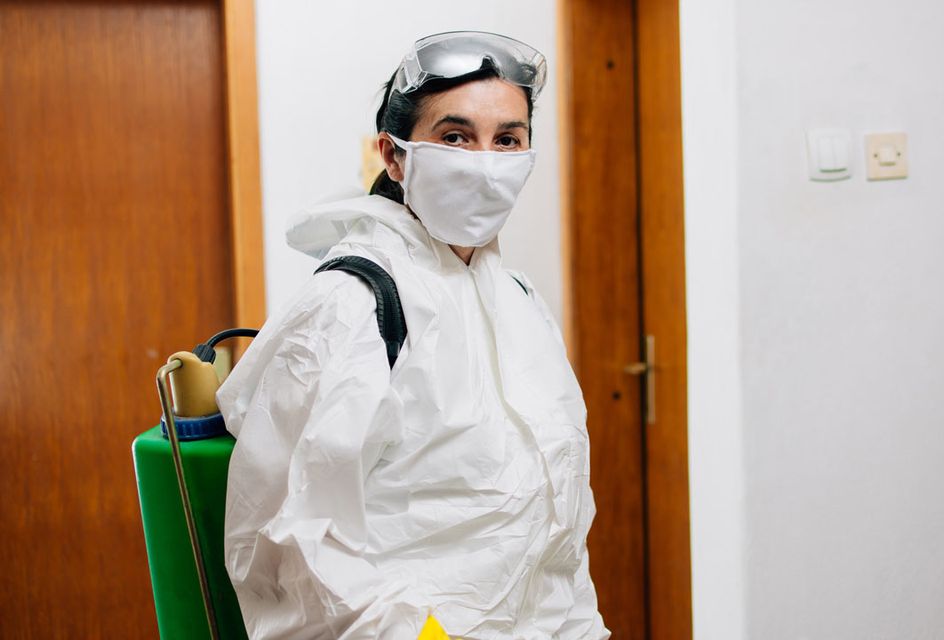Women in the workforce: why we need more female pest controllers
Author: Sophie Thorogood 30 May 2024 1 min read
Why is encouraging women into pest control good for public health?

The pest control industry is a vital part of the wider public health workforce. As anyone in the sector will tell you, its work reaches into parts of everyday life as diverse as food safety, workplace health and hygiene, and infection control.
Given that it affects public health on so many levels, it’s incumbent on pest control as a profession to ensure that its workforce reflects the public who benefit from it.
As it stands, however, the pest industry falls short on gender balance among staff, with around 4.5% of British Pest Control Association members being women as of 2022.
To understand that imbalance, we spoke to Sophie Thorogood, Technical Training Manager at global pest control product supplier Pelsis.
Sophie, like many in the industry, did not grow up dreaming of a pest control career. Instead, she “fell into it” through an interest in science, studying biology (and insects specifically) at university.
This gives an important insight into why Sophie, along with many in her sector, pursue this career – something that is perhaps misunderstood and could affect recruitment.
“[Pests] are fascinating creatures and most pest technicians actually have this real love of knowing about the animal. They understand the importance of managing pests but in a humane manner.”
Why are women underrepresented in pest control?
According to Sophie, the representation of women in the pest control industry is tied to perceptions of the industry itself.
“I don't like to speak for everyone,” Sophie says, “but when you think about pest control, the most common perception is a man who comes along and checks the traps, boxes or fly killer or to change the glue board.”
She suggests that it may be because people think of pest control as a trade similar to those of plumbers or electricians – where men also occupy the lion’s share of roles.
But while gender has no bearing on this work, Sophie notes that the lack of women itself can cause practical hurdles that don’t exist for men.
“I would say there are no barriers from people; if you turn up and do a good job, everyone's very welcoming – there are no issues with that. I found that PPE might sometimes be a bit of a problem, however.
“High VIS, work trousers and face masks, for example, usually come in men’s sizes for men’s proportions, so even a medium would usually be far too big for most women, and even more difficult if you’re pregnant. But you just have to do a little bit more research to find the right thing for you.”
This may seem like a small issue – but it signals an area in which firms can make entry into the sector for women smoother.
How can the pest control sector attract more women?
For Sophie, the key to bringing more women into the pest control industry lies in opening up perceptions and demonstrating its breadth.
“I think having graduate trainee schemes for those studying science with an interest in ecosystems or animals would help… lots of people think about the industry from a mosquito point of view, not from a public health point of view.”
Given that many sectors in public health feature a much different gender balance to pest control, it is easy to see why this makes for a more appealing proposition.
“A lot of people interested in a public health career may not consider the pest industry as an option, but of course, without the pest control industry, the world wouldn’t have safe food available to eat.
“We would have far more diseases spreading from pest to human and an increased physiological burden with the issues that pests cause from infestations.”
How to get into pest control
While Sophie’s route into the pest control industry came through studying science at university, this is not the only way. In fact, for anyone looking to pursue this career path, there is a great deal of support and training available.
RSPH offers the Level 2 Award in Pest Management, which is considered a core requirement for many employers, as well as a variety of other Level 2 and Level 3 qualifications suited to a variety of specialisms.
